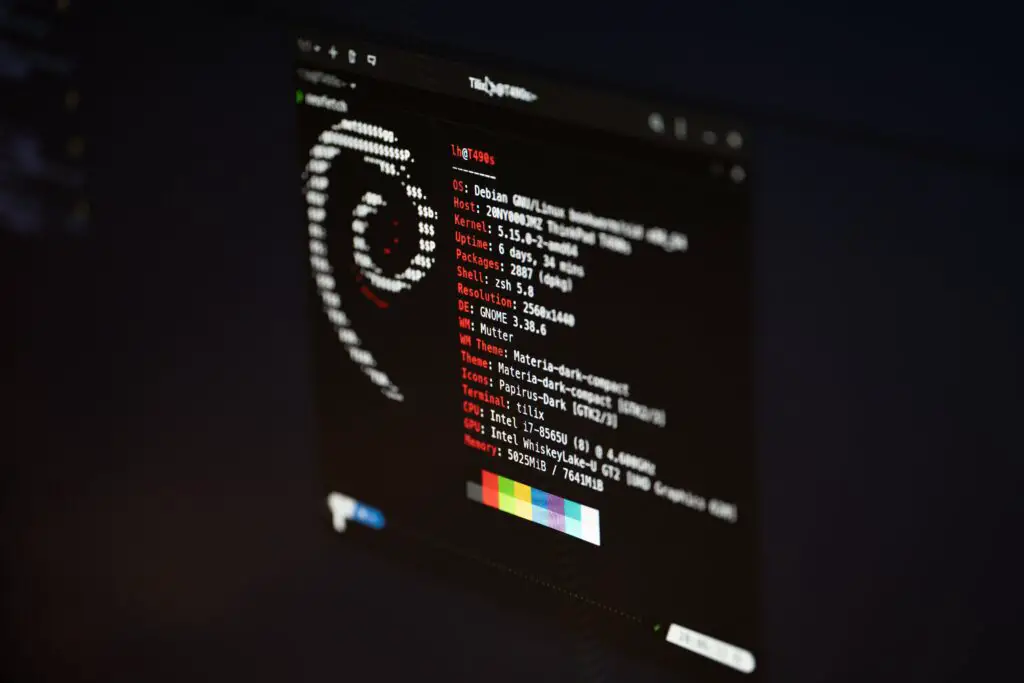Unveiling the Power of Wget:
A Symphony of Command-Line Elegance
In the digital orchestra of command-line tools, few resonate with the harmony of elegance and efficiency quite like ‘wget.’ Born from the Unix epoch, this humble command is a siren’s call to the realms of web retrieval and data maneuvering. Whether you’re a seasoned sysadmin navigating the intricacies of server management or an intrepid explorer in the vast sea of cyberspace, mastering wget opens a portal to a world where data flows effortlessly under your command. In this symphony of command-line prowess, let’s explore the diverse and nuanced melodies that wget can play.

The Overture:
Basic Usage
At the heart of every masterpiece is a simple, evocative overture, setting the stage for what’s to come. Similarly, the basic usage of wget is the gateway to its symphonic capabilities. With a single stroke of the keyboard, you can summon the spirit of the internet to fetch a file. Just a dance of characters in the terminal – ‘wget [URL]’ – and behold, the magic begins. The strings of the command resonate with the server, pulling the desired file into your local domain. It’s a ballet of connectivity, a digital pas de deux between your system and the web server.
But the overture’s depth lies in its subtlety. Add the ‘-O’ option, and you direct the file to pirouette onto your system with a new name. It’s akin to telling the server, “Dance, but do so with a different name.” An elegant twist that showcases the finesse of wget’s choreography. This simple command-line ballet, a fundamental movement in the wget symphony, is a testament to the power hidden within the seemingly ordinary keystrokes.
Movement II:
Recursive Retrieval
As the symphony progresses, wget unveils its crescendo with the power of recursive retrieval. In the grand opera of data, sometimes a single file is but a lone note in a sonnet. Here, wget orchestrates the retrieval of entire directories, transforming a solo into a symphony. With the ‘-r’ flag, this command metamorphoses, delving into the web’s labyrinthine corridors to collect files and folders in a harmonic cascade. It’s a ballet of connections, a digital corps de ballet pirouetting through cyberspace.
The beauty lies not just in the grandeur of the -r option but also in its nuances. You can control the depth of recursion, like a conductor fine-tuning the tempo of a piece. Specify ‘-l 2’, and wget gracefully descends two levels deep, gathering the treasures nestled within. It’s a maestro’s touch, giving you command over the intricacies of your digital composition. Recursive retrieval, the second movement in wget’s symphony, transforms a mere fetch into a majestic performance.
Interlude:
Mirroring Websites with -m
As any symphony aficionado knows, interludes are where the soul of the music takes a reflective pause. In wget’s symphony, the interlude is the mirroring capability, a contemplative piece that mirrors entire websites onto your local stage. The ‘-m’ option orchestrates this grand mirror dance, creating a parallel universe of web content on your machine. It’s a transcendental experience, where the boundaries between online and offline blur into a seamless sonnet.
The ‘-m’ command not only mirrors the superficial but also dives into the depths with a keen understanding of web architecture. It retrieves HTML, CSS, and other assets, reconstructing the digital tapestry on your local canvas. In this wget ballet, you become the choreographer of the web’s dance, capturing its essence in a mirrored reflection. The interlude of mirroring is wget’s testament to the profound connections it can forge between your local machine and the vast expanses of the internet.
Movement IV:
Limiting and Resuming Downloads
In the tumultuous seas of the internet, interruptions are inevitable. Here, wget introduces a concerto of control with the ability to limit and resume downloads. The ‘-limit-rate’ flag becomes the maestro’s baton, dictating the pace at which files flow into your system. It’s a tempo control for the digital age, ensuring that bandwidth limitations don’t disrupt the symphony.
But what happens when the performance is halted, whether by choice or circumstance? Fear not, for wget’s ‘-c’ option steps in as the virtuoso of resumption. With this command, the symphony continues from where it paused, seamlessly picking up the notes dropped in the interruption. It’s a phoenix rising from the digital ashes, a testament to wget’s resilience and the fluidity it brings to the often-staccato experience of downloading.
Coda:
Secure Downloads with HTTPS
Every symphony has a coda, a concluding piece that brings closure to the musical journey. In wget’s repertoire, securing downloads through HTTPS serves as the final crescendo. The ‘-secure-protocol’ option transforms wget into a guardian of encrypted connections, ensuring that the data flowing into your system does so with the protection of a digital fortress. It’s a security blanket for your downloads, a finale that resonates with the contemporary need for safeguarding information in the vast expanses of the web.
In this coda, wget harmonizes with the modern era’s emphasis on privacy and security. It’s not just about fetching files; it’s about doing so in a way that safeguards the sanctity of the data traversing the digital airwaves. The secure downloads feature is wget’s encore, a final bow to an audience that seeks not just efficiency but also assurance in the ever-evolving landscape of online interactions.
Epilogue:
In the grand tapestry of command-line tools, wget emerges as a virtuoso, a maestro orchestrating a symphony of web retrieval and data manipulation. From the basic overture to the intricate movements of recursive retrieval, mirroring, and controlled downloads, wget’s repertoire is vast and nuanced. It dances with the subtleties of command-line syntax, weaving a narrative that transforms digital interactions into a melodic experience. As you navigate the realms of wget, remember that each command is a note in the grand composition of your digital journey. So, let the symphony play, and may your wget commands resonate with the elegance and efficiency they were crafted to embody.
